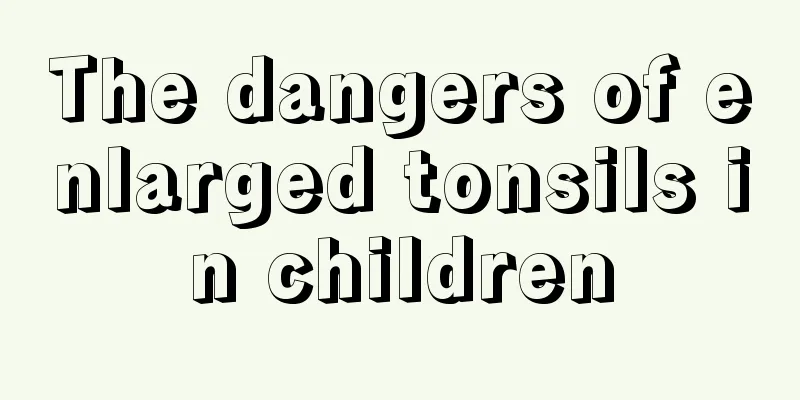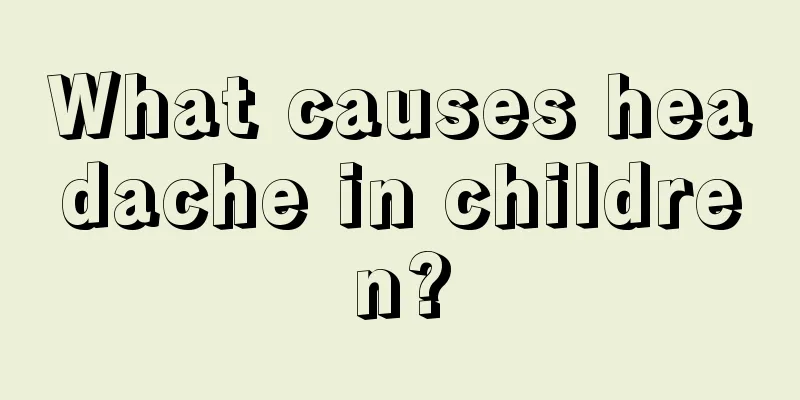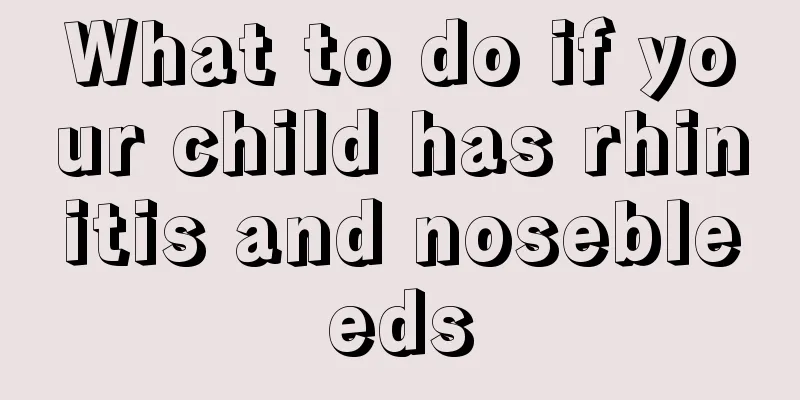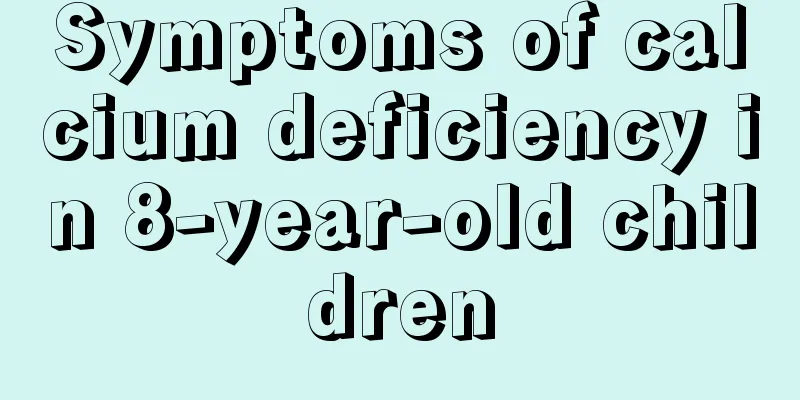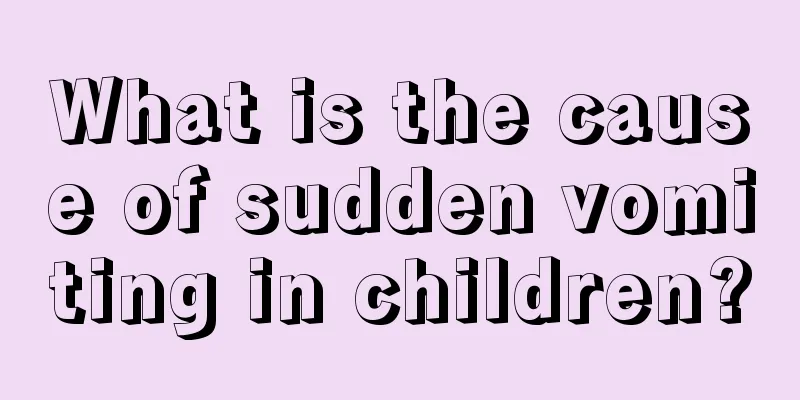How to reduce fever when you have a fever of 385 degrees

|
We all know that doctors usually prescribe medicine for high fevers above 38 degrees, and give patients antipyretic injections when necessary. When a patient has a high fever of 38.5 degrees, it is already quite serious. If this phenomenon continues, it is likely to cause other diseases in the patient's body. Therefore, if the fever is always 38.5 degrees, it is necessary to use medicine to reduce the fever in time. So how to reduce the fever of 38.5 degrees?
Generally, if a child has a fever of 38 degrees, it is recommended that parents first use physical cooling methods to help the child lower his body temperature. 1. First aid measures (1) You can apply a cold, wet towel to your forehead. It is better to put ice cubes in a waterproof plastic bag and wrap it in a dry towel to apply to your head and neck. You can also apply it to your armpits and groin for better results. (2) Dilute 75% alcohol with half the amount of water, then use a small towel to wet the alcohol and wipe the head, neck, armpits, chest, back and limbs. If the child's limbs are cold or the skin develops chicken skin after rubbing, you should use warm water slightly lower than the skin temperature to wipe the limbs until they turn red and warm again. (3) While doing physical cooling, you should also take antipyretics. If you have a history of high fever and cramps, you should also take sedatives. If your home is far from a hospital and transportation is inconvenient, it is best not to rush to the hospital regardless of anything if you have a high fever. You can first do the above emergency treatment at home. 2. Cooling method (1) Traditional physical cooling method Place the child in a quiet, cool, well-ventilated place. Use a cold towel or cold water bag to apply to the forehead, armpits, groin and other parts, or use an ice bag wrapped in cloth as a pillow on the head or place it on the above-mentioned parts. You can also use cold water (28-30℃) or alcohol (30-50%) to bathe the limbs, both sides of the torso and the back. If the child develops pale skin or cold skin during sponge bathing, stop immediately. Cold saline (30-32°C) enema can also be used, which is more suitable for those suspected of toxic bacillary dysentery, as it can reduce the temperature and facilitate the collection of stool specimens for examination. (2) Drug cooling method For immature children, infants and weak children, antipyretics are generally not used to reduce temperature; children aged 0 to 23 months can take toddler antipyretic oral drops, and children aged 2 to 12 years can take children's antipyretic solution or chewable tablets, once every 4 to 6 hours. The advantage of this antipyretic is that it is absorbed quickly after oral administration and takes effect within 30 minutes. It does not have the irritation to the gastrointestinal tract like traditional antipyretic and analgesic drugs and reduces the impact on white blood cell and platelet function.
3. Symptomatic treatment (1) When the fever is high, water loss increases and appetite decreases, so water and electrolytes should be replenished in time; (2) For patients who are irritable, have recurrent convulsions, or for whom general cooling measures are ineffective, chlorpromazine and promethazine may be used as appropriate. 4. Treatment methods targeting the cause of the disease For high fever caused by infection, effective antibiotics should be selected according to the condition. Local infection lesions should be cleared promptly. High fever caused by non-infectious diseases also requires appropriate treatment measures based on different causes.
If your child has a fever, you should carefully observe the accompanying symptoms and whether there are any obvious changes in his spirit, diet, etc. Sometimes, parents take their children to the hospital for various examinations but no abnormalities are found. This situation is often functional fever (mostly low-grade fever) and is usually harmless. There is also a type of fever that occurs in summer. The type of fever is directly related to the temperature. The higher the temperature, the higher the body temperature. When the temperature drops, the body temperature gradually returns to normal. This is called summer fever (heat syndrome). It is more common in children with a relatively thin constitution, and the prognosis of this disease is also good. In addition, common causes of fever in young children are related to various infections. 1. Acute upper respiratory tract infection: It is the most common cause of fever in children. Including upper respiratory tract infections such as rhinitis, sinusitis, pharyngitis, and tonsillitis. At this time, in addition to fever, the child will generally have other symptoms in the corresponding parts of the body, such as headache, nasal congestion, runny nose, sneezing, sore throat, mild cough, general fatigue, decreased appetite, etc. Some infants and young children may also have convulsions due to sudden high fever. 2. Lower respiratory tract infection: including tracheitis, bronchitis, pneumonia, etc. At this time, in addition to fever, children often have coughs, shortness of breath or difficulty breathing, and the doctor can hear various rales in the chest during examination. |
<<: The harm of antipyretic drugs to babies
>>: How to massage a child to reduce fever
Recommend
How to deal with a child's fever
Due to the influence of physical factors, childre...
Is it normal for a 10 month old baby to have teeth?
The development of teeth is a rough indicator of ...
What to do if the fever persists
In daily life, illness is the most common thing t...
What to eat for ADHD?
ADHD is a very common childhood disease, most of ...
Baby sweats a lot on his head while sleeping
When babies are young, parents always watch over ...
8 month old baby urticaria
Children are the apple of their parents' eyes...
Is it good for babies to take a bath every morning?
Many people have the habit of taking a bath in th...
The child has a lump on his neck that will slide
Lymph nodes are very important in the human body....
What are the causes of stomach pain in two-year-old babies?
Some babies always complain of stomachaches, but ...
What should I do if my child's palms are rough?
It is said that children are in the best period o...
What should I do if my baby’s lips are swollen?
When a baby first comes into the world, he is cur...
Is it normal for newborns to have milk clots?
Perhaps many parents will find that their babies ...
What is the appropriate temperature of water for newborns?
Newborns are very fragile. You should know that t...
What to do if a 5-year-old child has eczema
Many parents actually don’t know what eczema is, ...
What to do if your child has difficulty breathing and a bloated stomach
In our lives. Our bodies will show many symptoms....
